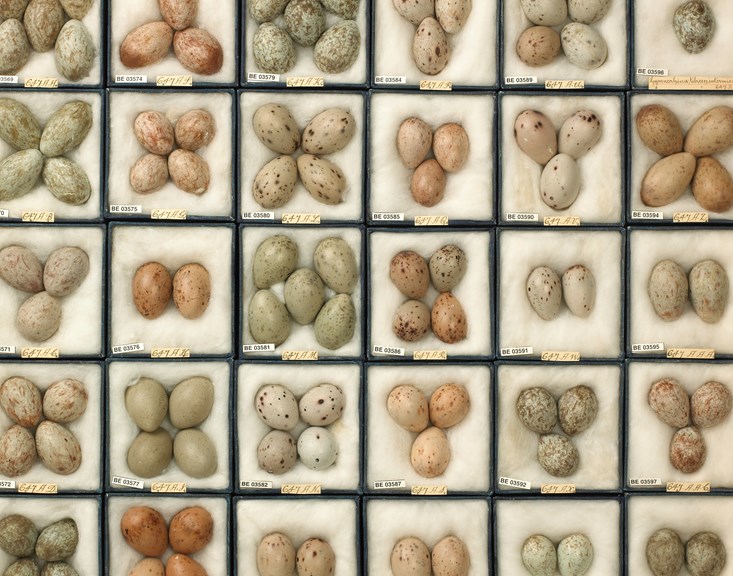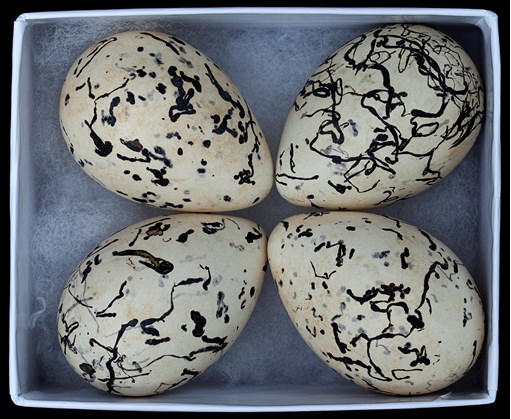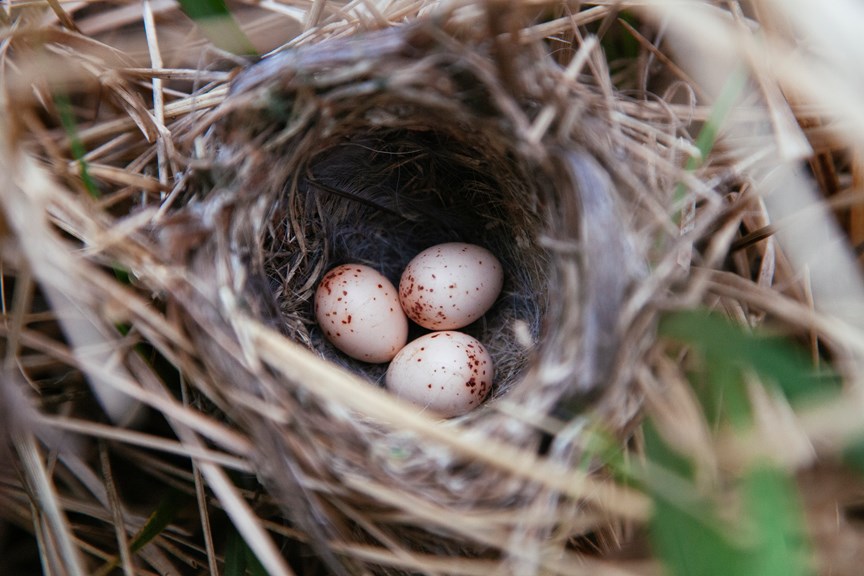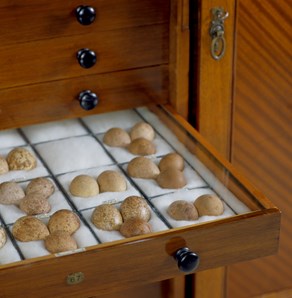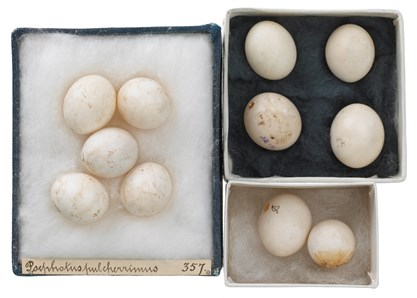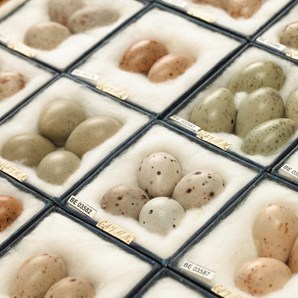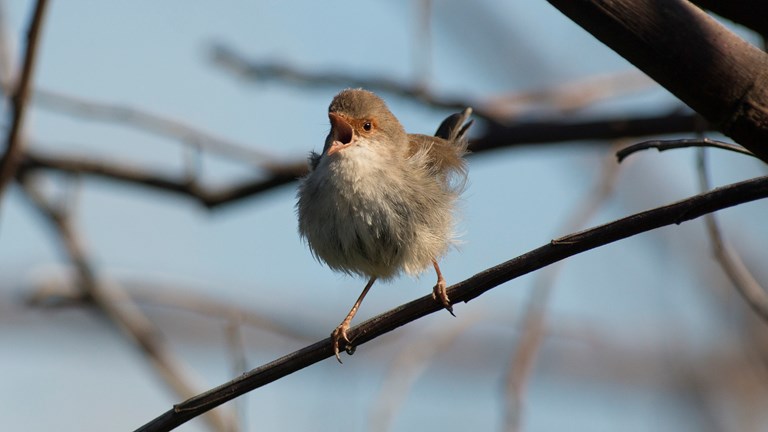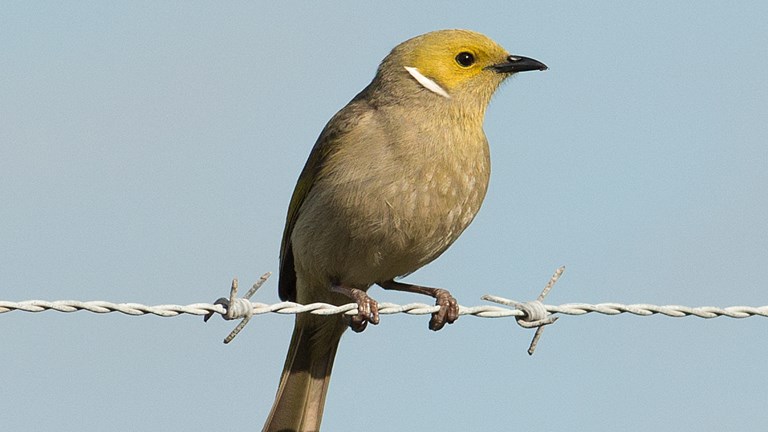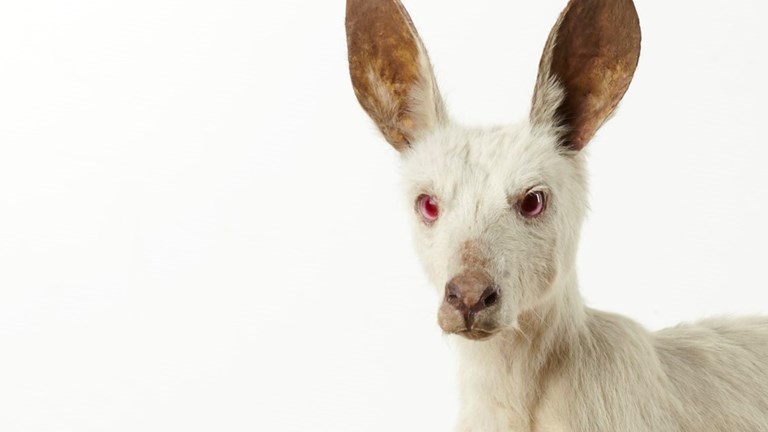The colour of birds' eggs
The colours and patterns of birds' eggs vary enormously from species to species (and often between individuals of the same species, and sometimes between the eggs of the same mother).
Eggs are made of calcium carbonate, which is white. White is therefore the default colour for bird eggs, but many birds lay coloured or colourfully-patterned eggs. Why? The answer can often be found in the animal's biology and behaviour.
The need for camouflage
The eggs of ground-nesting birds need to be well-camouflaged to avoid discovery by predators. They are usually coloured and patterned to match the substrate they are laid upon.
Tree-nesters, on the other hand, usually have blue or green eggs.
The patterns on eggs have developed over eons via natural selection – the better the camouflage, the more likely the eggs are to survive and pass on the genes for well-camouflaged eggs to the next generation.
Ornithologists have classified egg patterns and given each "style" a name in order to distinguish them: splashed, blotched, spotted, dotted, marbled, streaked, scrawled, overlaid, capped, and wreathed.
An absence of light
Birds whose eggs are hidden from view (in hollows, burrows or deep nests), or who sit on their eggs continuously throughout incubation, tend to have white eggs.
Protection and strength for the egg
Colour also provides another form of protection: it is thought to act as a sunscreen, protecting the developing foetus from UV light.
The addition of colour also strengthens the eggshell. Birds that are calcium-deficient lay thin-shelled eggs, which are more likely to break.
Scientists have found that birds that have multiple clutches in a single season have more highly-coloured eggs in the second and subsequent clutches (when the mother's calcium supplies are reduced). Patterned colouration is also more common in areas with calcium-deficient soils.
How do these colours occur?
The specific colours are incorporated into the shell in the final stage of egg development.
Blue and green colour comes from a pigment called biliverdin (which is the same pigment that causes green bruises in humans). In egg colouration, biliverdin comes from bile.
Red and brown colour comes from protoporphyrins, which comes from blood.
H.L. White Collection of Australian Birds' Eggs
Museums Victoria has an exceptional collection of bird eggs. A majority of these were donated by Henry Luke White in 1927.
An avid collector, the collection contains 4,200 egg clutches and includes examples from almost every bird species in Australia known at the time (including the extinct Paradise Parrot).
Australia's native birds are protected. It is illegal to collect eggs or to interfere with birds' nests without a permit.
Got a question? Ask us!
